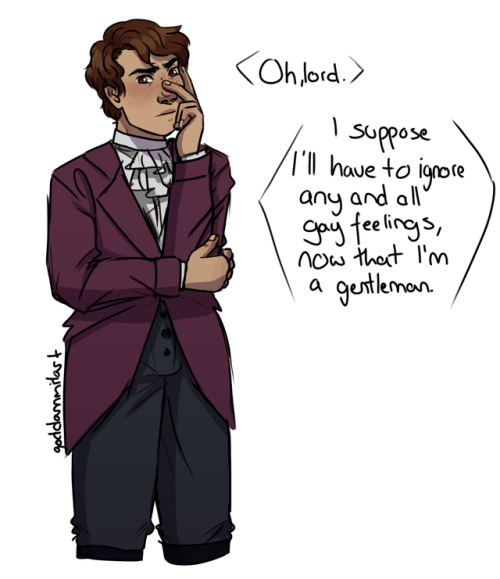
Working with Raymond Bayless, von Szalay conducted several recording sessions with a custom-made apparatus, consisting of a microphone in an insulated cabinet connected to an external recording device and speaker. He began his attempts in 1941 using a 78 rpm record, but it wasn't until 1956 - after switching to a reel-to-reel tape recorder - that he believed he was successful. : 352–381 Early interest Īmerican photographer Attila von Szalay was among the first to try recording what he believed to be voices of the dead as a way to augment his investigations in photographing ghosts. Spiritualism declined in the latter part of the 20th century, but attempts to use portable recording devices and modern digital technologies to communicate with spirits continued. As sound recording became widespread, mediums explored using this technology to demonstrate communication with the dead as well. However, there is no indication that Edison ever designed or constructed a device for such a purpose.

He replied that if the spirits were only capable of subtle influences, a sensitive recording device would provide a better chance of spirit communication than the table tipping and ouija boards mediums employed at the time. So popular were such ideas that Thomas Edison was asked in an interview with Scientific American to comment on the possibility of using his inventions to communicate with spirits. History Īs the Spiritualist religious movement became prominent in the 1840s–1940s with a distinguishing belief that the spirits of the dead can be contacted by mediums, new technologies of the era including photography were employed by spiritualists in an effort to demonstrate contact with a spirit world.

Prosaic explanations for EVP include apophenia (perceiving patterns in random information), equipment artifacts, and hoaxes. Scientists regard EVP as a form of auditory pareidolia (interpreting random sounds as voices in one's own language) and a pseudoscience promulgated by popular culture. Įnthusiasts consider EVP to be a form of paranormal phenomenon often found in recordings with static or other background noise. Parapsychologist Konstantīns Raudive, who popularized the idea in the 1970s, described EVP as typically brief, usually the length of a word or short phrase. Within ghost hunting and parapsychology, electronic voice phenomena ( EVP) are sounds found on electronic recordings that are interpreted as spirit voices.


 0 kommentar(er)
0 kommentar(er)
